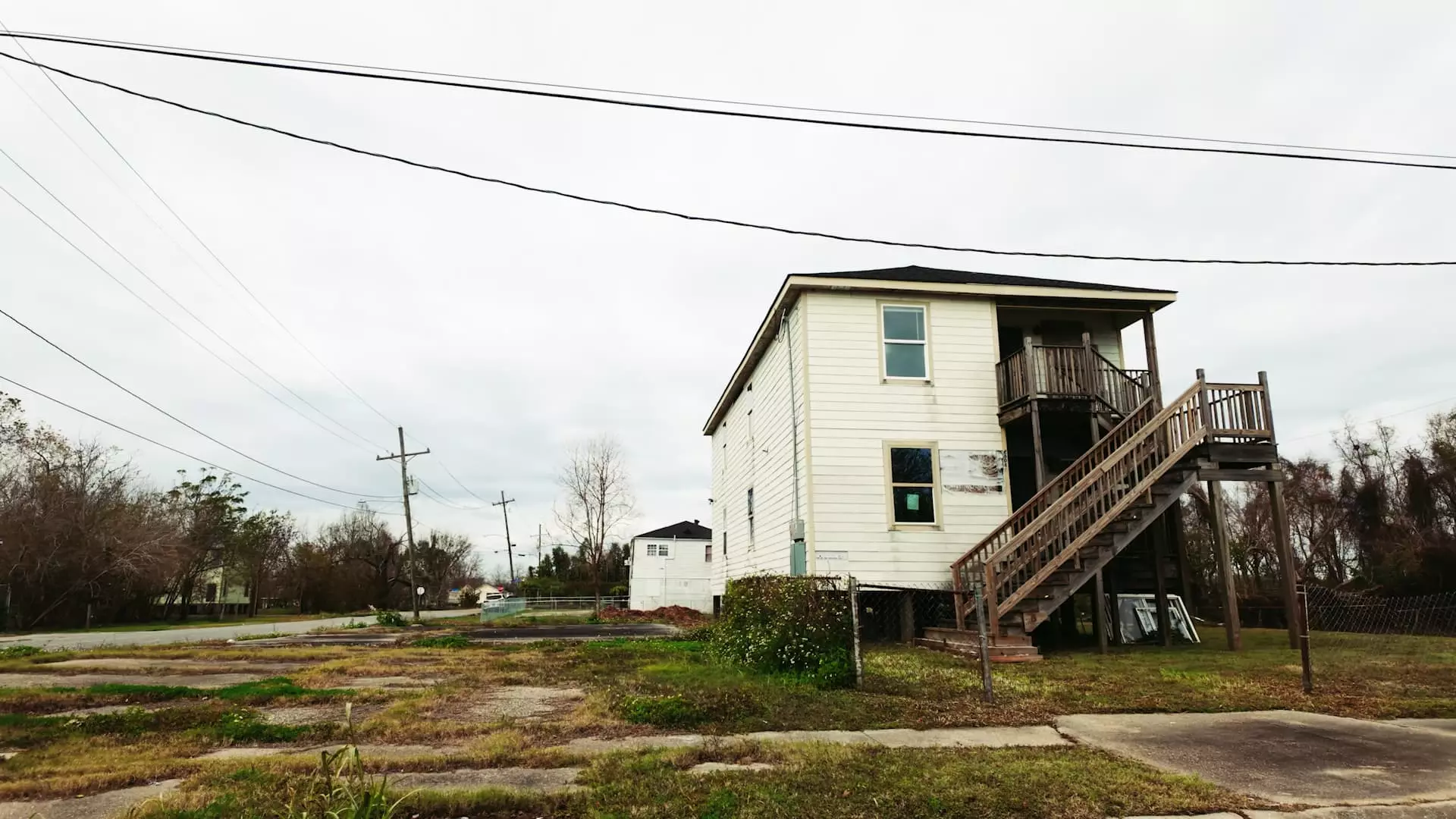The Enduring Legacy of Hurricane Katrina: New Orleans’ Ongoing Reconstruction and Its Challenges

Hurricane Katrina, which struck in 2005, is an event that irrevocably altered the landscape of New Orleans, leaving behind a legacy of devastation and hardship that the city continues to grapple with today. With over 1,800 lives lost and a staggering $201.3 billion in damages, Katrina stands as one of the most severe natural disasters in U.S. history. The storm not only displaced millions but also submerged a significant portion of the city’s housing stock. Even nearly two decades later, many homes remain in disrepair, and entire neighborhoods bear the scars of neglect and abandonment.
The Lower Ninth Ward, once a thriving community, symbolizes the enduring impact of the hurricane. Although initial waves of recovery brought some residents back, the promise of a revitalized neighborhood hasn’t materialized for many. With only a third of the former residents now relocated back to the area, the demographic shift echoes deep-seated inequities exacerbated by the disaster. Calvin Alexander, a long-term resident, notes the dramatic increase in property values, which reflects a larger trend throughout the city. This inflation of housing prices raises concerns about affordability and the risk of displacement for many low-income residents.
The response to the hurricane saw the federal and state governments funnel over $9 billion into recovery efforts, including the controversial “Road Home Program.” However, this program has faced criticism for failing to adequately address the needs of its most vulnerable populations. Laura Paul from lowernine.org highlights a significant flaw in the methodology, emphasizing how settlements were derived from pre-storm property valuations rather than the actual damages incurred. This systemic approach disproportionately benefited wealthier homeowners, leaving low-income residents without the necessary resources to rebuild their lives.
Consequently, New Orleans is now facing a stark reality where household incomes lag behind national averages, and poverty rates increase. As the city continues to rebuild, the financial implications extend beyond just housing values. The municipal government grapples with a population that has yet to fully recover, leading to fiscal challenges and questions about sustainable development. As property values soar, lower-income families may find themselves edged out of neighborhoods that were once accessible.
Compounding these challenges is the evolving landscape of insurance in disaster-prone regions. The Treasury Department’s warning about skyrocketing insurance premiums illustrates the precarious balance between protecting residents and prospective growth. There’s an intricate relationship between increasing premiums and the perceived risk of living in areas susceptible to hurricanes. Despite significant investments in drainage canals and levees amounting to around $15 billion, the question of whether residents are adequately protected remains.
The continued threat of flooding looms over the city, leading some experts to consider how improvements to engineering may unintentionally worsen issues like land subsidence. Glenn Ledet, from the Coastal Protection and Restoration Authority, highlights the economic benefits of protective measures, suggesting a return of $7 for every dollar spent. Nevertheless, with the gamble of cost versus true safety still unresolved, many residents remain vulnerable.
Looking ahead, the state of Louisiana has ambitiously set a goal to elevate 4,000 homes in the coming years, as part of a larger $50 billion investment into the state’s hurricane and storm protection infrastructure. While this is a step in the right direction, it prompts further questions about equity and the fate of those who remain in limbo.
As New Orleans continues to navigate the complicated waters of recovery, the lessons learned from Hurricane Katrina echo loudly. The need for an inclusive approach to rebuilding efforts is paramount. It must prioritize those who were most affected, ensuring that the city’s vibrant cultural heritage is preserved and that all residents have a fair chance at recovery. Only through comprehensive planning and equal participation can New Orleans hope to emerge, not just as a city rebuilt, but as a thriving community resilient in the face of future challenges.





